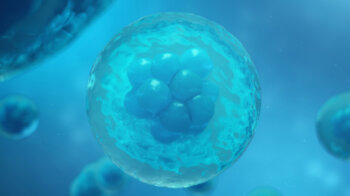Possibilities of the Traumatology and Orthopedics Department of VIRTUS Clinic
The locomotive system diseases not only worsen the health-related quality of life depriving a person of the freedom of movements but also lead to the development of local and general disorders in the organism. Therefore it is important to get a qualified medical assistance as soon as possible so as to avoid negative consequences for health.
Advice of an orthopedist is required if You have the following symptoms:
- constrained movements in the morning or after a long-time period of rest;
- crunching joints at movements or when palpating them;
- swelling, pain in joints, bones or muscles;
- deterioration of joint movement.
It is necessary to consult a traumatologist after the closed injury as well because a person may not correctly assess the degree of injury. The doctor will make the diagnostics and, if required, assigns a therapy in order to avoid development of traumatopathy.
Traumatology and Orthopedics Department of the Frontline Medical Institute VIRTUS has all technical capacities to diagnose and treatment of the diseases and consequences of the locomotor system traumas. In our practice we make use of the modern methods of conservative and surgical treatment as well as of the regenerative medicine possibilities – the cell therapy. Thanks to the use of cell preparations produced out of the patient’s own stem cells high results have been achieved when treating diseases and traumas of the locomotor system.
Treatment of traumas and orthopedic diseases
The Traumatology and Orthopedics Department of the Frontline Medical Institute VIRTUS treats the following:
- arthritis and osteoarthrosis;
- fractures;
- contusions and dislocations;
- wounds of the soft tissues;
- pathology of tendons;
- synovitis;
- pseudoarthrosis;
- osteoporosis;
- osteochondrosis;
- rheumatic arthritis;
- ruptures and sprains of ligaments;
- treatment of the long-time non-healing fractures.
Due to application of the advanced regenerative medicine methods, the Frontline Medical Institute VIRTUS has achieved a considerable progress in treating degenerative diseases of bone tissues which were considered to be incurable earlier – arthrosis, osteoporosis and others. Cell therapy makes it possible to start up a natural process of the damaged tissue restoration and considerably postpone an operation or avoid it completely. The method can be applied either as a sole treatment or in combination with other treatment methods.
Traumatologic and orthopedic services and procedures
The Traumatology and Orthopedics Department of VIRTUS Clinic provides the following services and procedures:
- debridement of the flesh wounds and application of sutures;
- assistance in fractures, dislocations and sprains of ligaments;
- arthroscopy – a minimally invasive operation performed by a traumatic surgeon if it is necessary to diagnose a condition or treat joints;
- post-injury rehabilitation;
- PRP-therapy of joints – injection of the patient’s own platelet rich plasma. Injections in the joints start up a process of restoration of the cartilages and tendons, remove inflammation and relieve pain;
- Locked joints – injection of medicines so as to quickly relieve pain in the joints.
Cell therapy for arthritis and arthrosis: innovative treatment of joint diseases
Chronic arthritis and arthrosis lead to gradual destruction of articular cartilage, limited mobility, pain and missed opportunities in everyday life. Typical complaints of patients suffering from degenerative joint diseases are as follows:
- joint pain during movement or even at rest;
- feeling of stiffness, “numbness” of the joint, especially after sleep or prolonged sitting;
- crunching in the joints during movement;
- limited range of motion in the joint, difficulty in performing usual actions (e.g. climbing stairs, squatting, lifting objects);
- swelling and redness around the joint;
- feeling of weakness, decreased endurance, rapid fatigue;
- deformation of the joints, leading to a change in the shape of the limb;
- increased pain with changes in the weather, physical exertion or stress.
Many patients believe that the only solution is surgery or joint replacement. However, modern biotechnology offers an innovative and safe treatment method — mesenchymal stem cell (MSC) therapy. Thanks to our SmartCell laboratory, this therapy is available to patients of the VIRTUS Institute.
Benefits of cell therapy for the treatment and restoration of joints
Mesenchymal stem cells have the ability to transform into cartilage, bone, tendon and ligament cells, restoring damaged tissue. They also stimulate the body’s own resources for regeneration, reduce inflammation, and normalize the immune response. This allows not only to relieve pain, but also to restore the joint.
In addition, MSCs have a paracrine effect: they secrete biologically active substances that stimulate cell growth and renewal, improve blood circulation in the damaged area and reduce fibrosis. Our patients note the following results of cell therapy in the treatment of hand arthritis, arthrosis and other joint diseases:
- reduction or disappearance of pain within three to six months after the procedure;
- improved mobility — the joint becomes more flexible, patients can walk again, climb stairs, play sports or do everyday activities without discomfort;
- reduced swelling and redness;
- a feeling of lightness and return of confidence in movements;
- general improvement in the quality of life — patients return to an active lifestyle, signs of fatigue are reduced and the emotional state improves.
However, it is important to understand that degenerative joint diseases are very often a consequence of systemic pathologies affecting the entire body, such as vasculitis, gout, diabetes mellitus or hormonal disorders. Therefore, to improve their health, such patients need a comprehensive approach, including both the introduction of mesenchymal cells to affect systemic inflammation and the general immune state, and the local use of MSCs, which restore a specific affected joint. To achieve the best effect, a course of AMC therapy (platelet autocrysate) can be prescribed before the introduction of MSCs, which restores blood circulation and trophism of joint tissues. The results of treatment last up to two years or longer, which allows avoiding surgical joint replacement.
Cell therapy for spinal cord injury recovery
Spinal cord injury is damage to the spine and spinal cord.
Cell therapy is a modern innovative method of treatment with autologous stem cells.
Unlike a mild spinal contusion, when only soft tissues are injured, spinal trauma is not only a primary mechanical injury to the spine and spinal cord, but also a number of complex problems that arise after the acute factor is eliminated – damage to bones or discs. The second wave of pathologies triggered by spinal trauma includes:
- neuroinflammation – causes high activity of microglia, cytokines (TNF-α, IL-1β), which actively destroy tissues;
- oxidative stress – damages the membranes of neurons and oligodendrocytes;
- secondary edema – increases intracranial pressure, blocks blood supply;
- myelin loss – the myelin sheath of nerve fibers is destroyed, nerve impulses are inhibited or lost.
The special NeuroCELLNESS-Combi program, developed by the Smart Cell cell laboratory, is a scientifically based, systemic strategy for disrupting the secondary damage chain and restoring nerve tissue after spinal injuries. It seeks to influence these processes while simultaneously supporting all key links of regeneration – from angiogenesis to remyelination.
Benefits of Cell Therapy for Spinal Injury Recovery
Throughout the entire process of cell therapy for spinal injury recovery, the patient is accompanied by a Smart Cell physician who monitors their condition and progress. NeuroCELLNESS‑Combi combines intravenous administration of stem cells for systemic support and local administration near damaged areas (interfascially or paravertebrally), which ensures a high concentration of cells exactly where they are most needed. For example, in the case of a spinal fracture, MSCs are administered near the fracture site. The main benefits of cell therapy in the treatment of spinal injuries are:
- a combined approach that stops inflammation, removes toxins and protects nerve cells from stress factors;
- vascular activation – provides nutrition, oxygen and growth factors;
- myelin restoration – restores physiological function;
- stimulation of neuroplasticity – creation of new pathways to bypass damaged areas.
Stem cells also reduce autoimmune aggression, which can be the immune system’s response to injury. Moreover, this effect is not late: even in the chronic phase, the patient can achieve significant improvements.



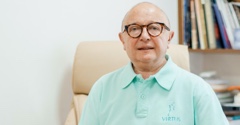
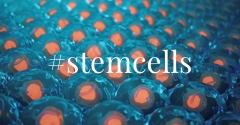

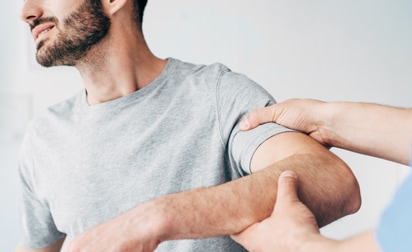
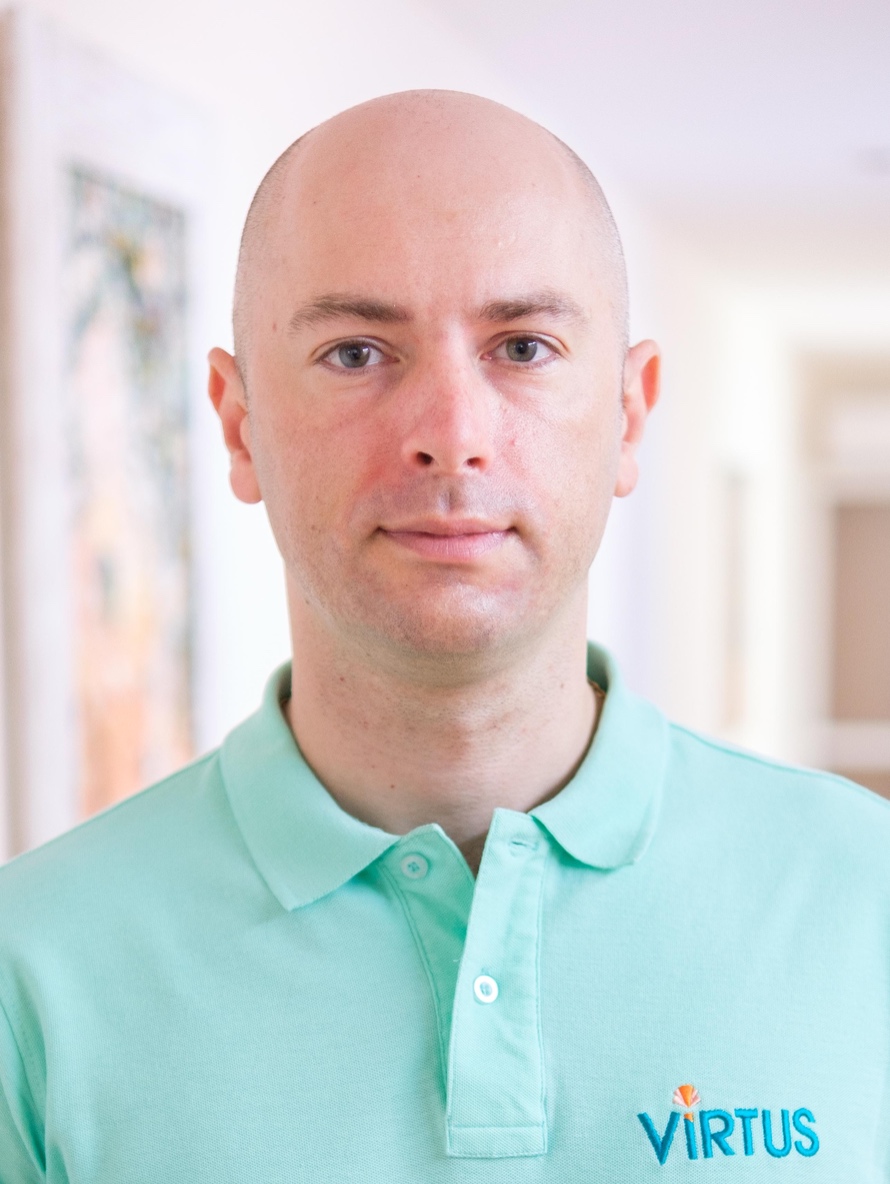
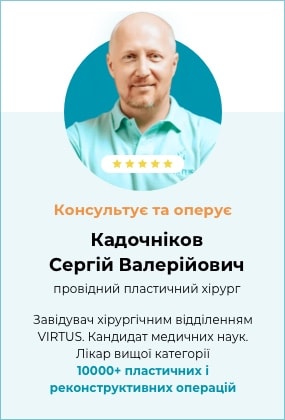


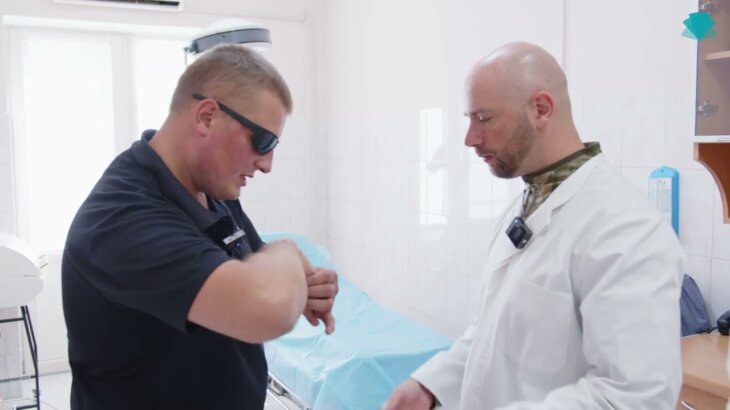

 1089
1089  1 min.
1 min.